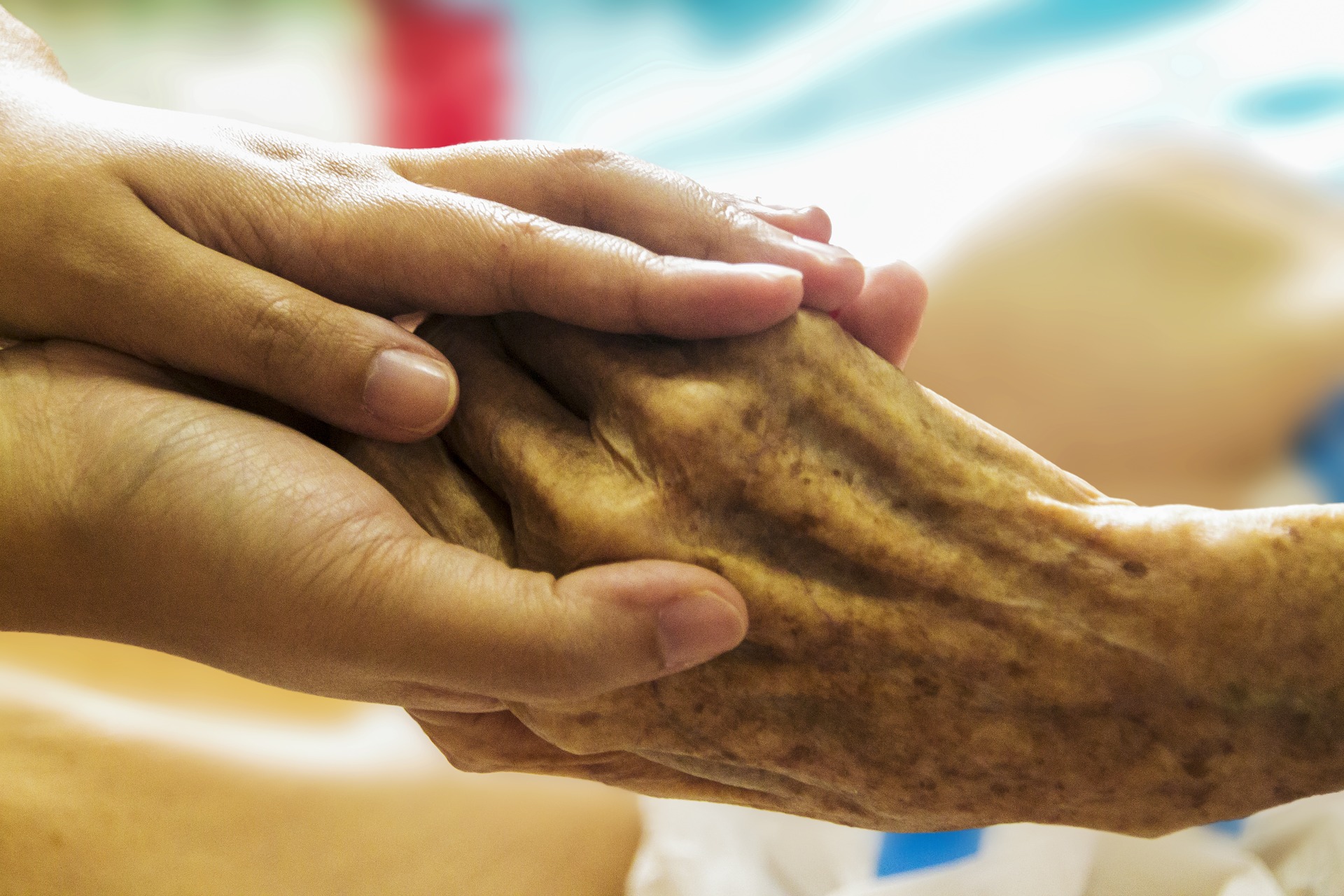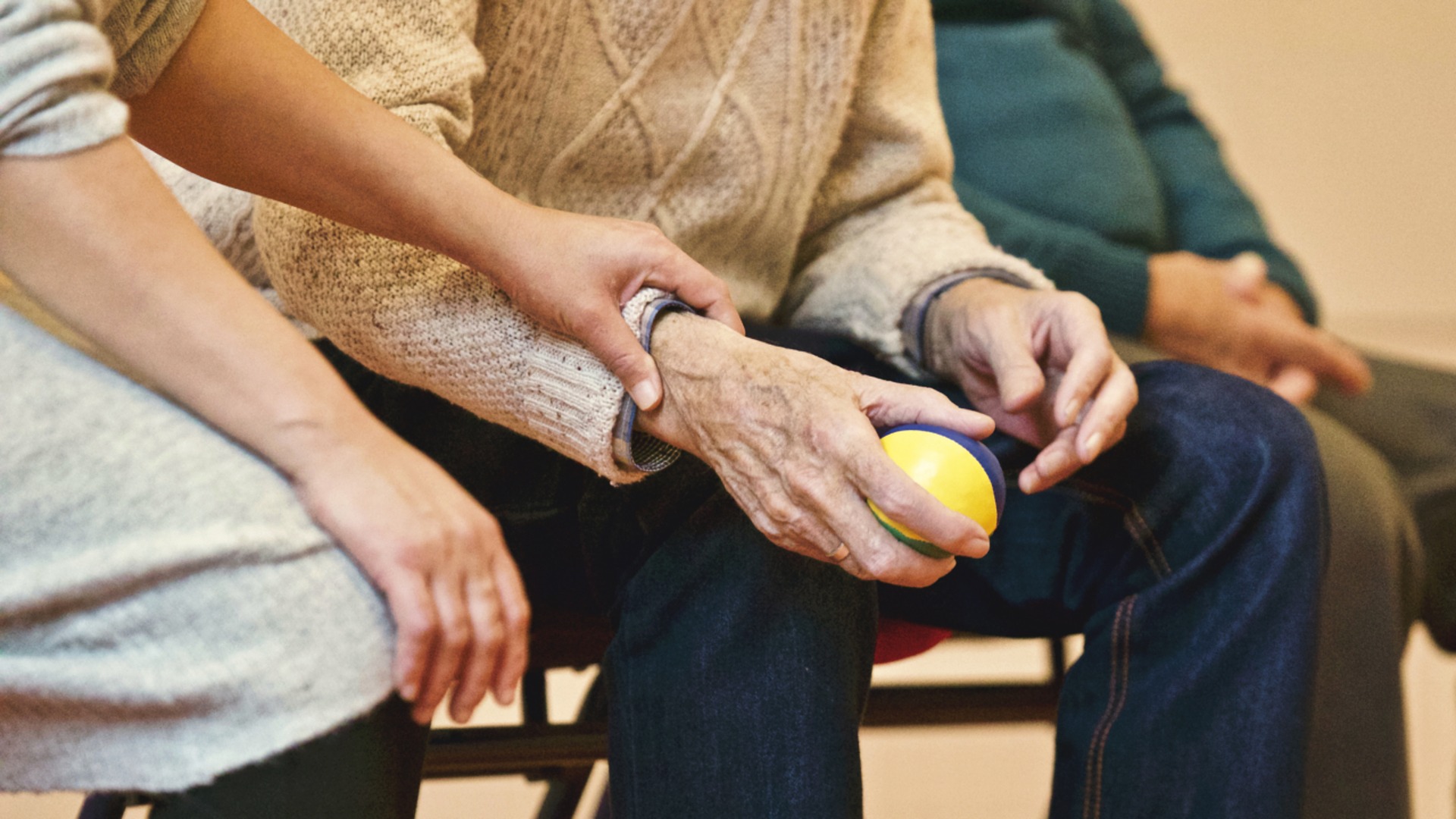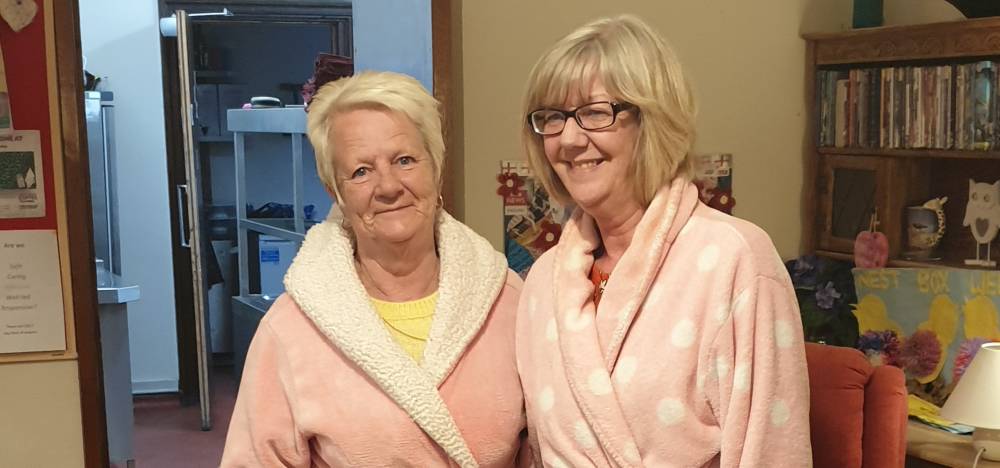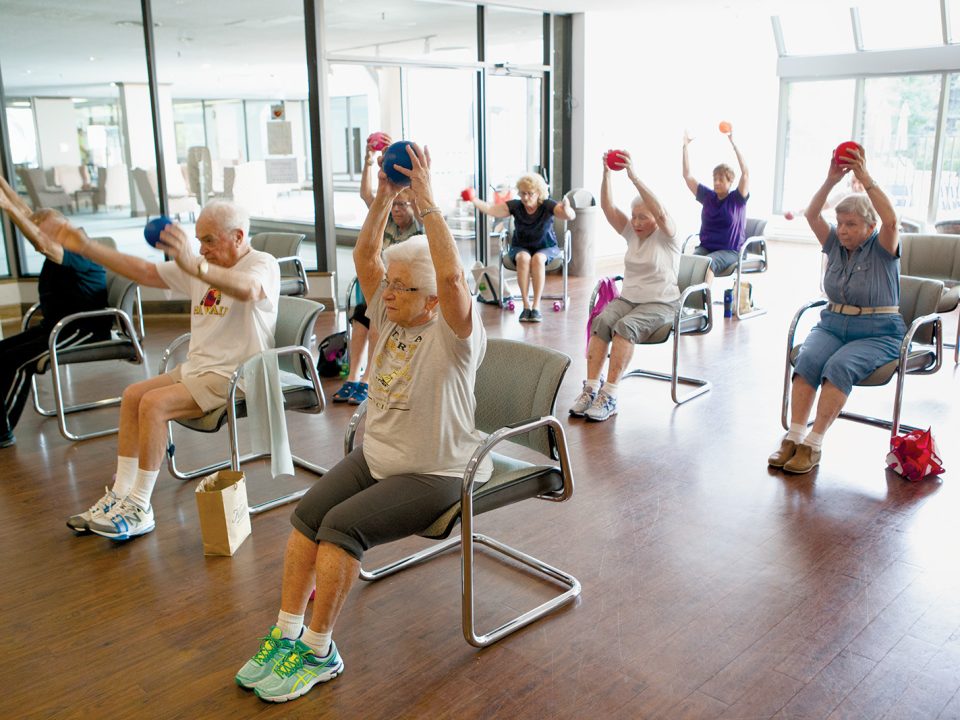
Palliative care an emerging speciality
July 25, 2019
Using tech to better manage residents’ pain
August 2, 2019Nursing Home Night Staff Wear Pyjamas To Encourage Residents To Sleep

Nursing Home Night Staff Wear Pyjamas To Encourage Residents To Sleep
The quest for continual improvement in the aged care sector has encouraged a number of aged care providers to step outside of their comfort zone to try and improve the lives of their residents.
New models of care, innovative dementia-friendly design, pet-therapy, and cutting edge technology are just some of the amazing examples of just how far the aged care industry has come in recent times, but there is one family-owned nursing home in the U.K that is proving that you don’t need to reinvent the wheel in order to make a big difference.
The Old Vicarage Care Home in the U.K is a 19-bed aged care facility that utilises the empathy-based principles of the butterfly model of care to ensure the wellbeing of their beloved residents, but it is one of their most simple initiatives that has caught the attention of aged care staff around the world.
Owner of the Old Vicarage Care Home, Kamal Siddiqi, spoke with HelloCare about how a unique ‘no-uniform’ policy has had a positive effect on both their residents and their staff.
“The uniform requirements are that I give staff 30 (pounds) to buy a range of casual clothing which may not be abusive or have scary images on them. Night staff buy dressing gowns and pyjamas,” said Kamal.
“The idea came from staff attending training by David Sheard’s Dementia Care Matters model of care.”
Visual cues can play a big part in improving the life of a person living with dementia, which is why having night staff wearing pyjamas and dressing gowns can be a great subtle reminder to residents that it is time for bed.
“We found it was easier to encourage residents to go back to bed in the evening when staff were wearing dressing gowns and pyjamas,” said Kamal.
“The staff liked the idea and saw it as something different, the residents liked seeing different clothing during the day and seemed happy seeing nightwear at night, and families were happy with it – when we explained the reasons behind getting rid of uniforms.”
While the majority of aged care providers do everything they can to create a homely environment for residents, seeing people wearing uniforms throughout the day can certainly blur the lines between a home and a workplace.
Visually, uniforms represent a separation between aged care staff and residents which goes against the themes of togetherness and unity that aged care homes strive to achieve.
“Wearing casual clothing is part of a method of de-institutionalising the environment in which the residents live, said Kamal.
“It means that the care home doesn’t feel like an institution for both staff and residents, which helps to reduce the kind of behaviour that can occur in an institutional environment.”
“Staff have found residents keen to talk and comment on bright clothing when it is worn, which can be used to initiate conversations with residents living with dementia when they are upset or confused.”
If history has shown us anything, it is that sometimes it can be the smallest and most simple changes that can have the most significant impact, and when you take into account how important visual cues can be for someone living with dementia, it is understandable why extending this thinking to include the people that residents see the most could be so beneficial.
Successfully creating a particular environment hinges on the small details, and having those that care for residents dressed more like a family member than a worker definitely adds to a more homely atmosphere.
This article was originally published on www.hellocaremail.com.au on 25/7/19 by Jakob Neeland.










